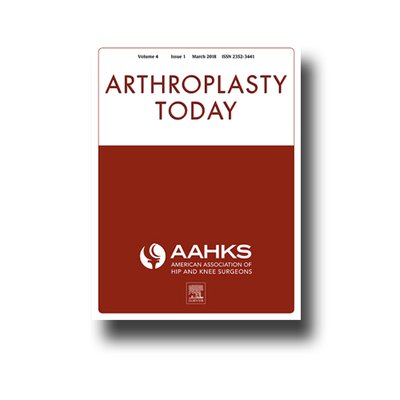
“Introduction: Opioid withdrawal is a powerful driver of drug-seeking behavior as relief from this aversive state through drug-taking is a strong negative reinforcer. There are currently limited treatment options available for opioid withdrawal and cannabidiol (CBD) has been identified as a potential novel therapeutic. This study explored the efficacy and dose dependency of CBD for reducing the severity of naloxone-precipitated and spontaneous oxycodone withdrawal (PW and SW, respectively) in male and female mice.
Methods: Mice were administered saline or escalating doses of oxycodone, whereby 9, 17.8, 23.7, and 33 mg/kg oxycodone IP was administered twice daily on days 1-2, 3-4, 5-6, and 7-8, respectively. On the 9th day, a single 33 mg/kg dose of oxycodone (or saline) was administered. To precipitate withdrawal, on day 9, mice in the withdrawal conditions were administered an IP injection of 10 mg/kg naloxone 2 h after the final oxycodone injection and immediately before withdrawal testing. To elicit SW, a separate group of mice underwent withdrawal testing 24 h after their final oxycodone injection. Mice were treated with an IP injection of 0, 10, 30 or 100 mg/kg of CBD 60 min before testing. Withdrawal symptoms examined included gastrointestinal symptoms (fecal boli, diarrhea, and body weight loss), somatic symptoms (paw tremors), and negative affect (jumping).
Results: A robust PW syndrome was observed in both male and female mice, whereas only male mice displayed an SW syndrome. CBD dose dependently reduced gastrointestinal symptoms during both PW and SW in male mice and during PW in female mice. CBD had no effect on PW- or SW-induced jumping in male mice. However, in female mice, the PW-induced increase in jumps was less pronounced in CBD-treated mice. The highest dose of CBD inhibited paw tremors during PW, but not SW, in male mice. Neither PW- nor SW-induced paw tremors were observed in female mice.
Conclusions: The magnitude of effects on the gastrointestinal symptoms, their consistency across PW and SW, and both sexes, alongside the availability of CBD for clinical use, suggest further exploration of the potential for CBD to treat these symptoms could be justified.”








